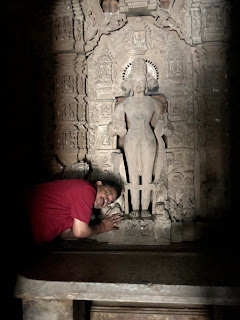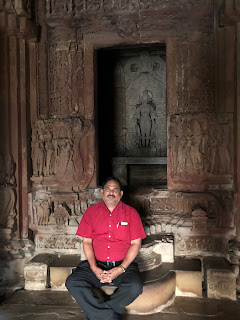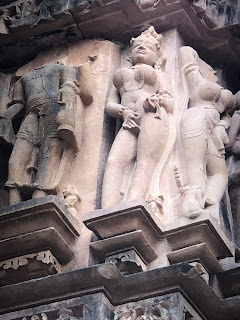Kanyakumari my birth place now glittering. Thriveni sangamam their Indian Ocean, Bay of Bengal sea and Arabian Sea meets. Goddess Devi Kanyakumari called Devi Bhagavathy Amman witness Vivekananda Rock Memorial and Tamil Poet Thiruvallur author of ancient Thirukkural meant for Human. My birth and Schooling near Sangaman I.e., Mary Immaculate Convent and St. Anthony's High School existing ♥️ ✨️ 💕 ❤️ 💖 💙. My Ancestors Memorial and Family temples 🛕 Arulmigu Senkidakaran Swamy and Sastha Swamy, Yezhusattupattu blessings 🙌 🙏 😀 👍 👏 😳 🙌 🙏. The place where Sun rise and Sun set can be witnessed. Be proud of Kanyakumari.
Dr. T. Lekshmana Thanulingam IPESS
Thursday, December 26, 2024
Friday, September 13, 2024
Presentation from family
Thursday, September 12, 2024
Superannuation from PESO
Reasons Why Reading Books Should Be Part of Your Life:
1. Knowledge Highway: Books offer a vast reservoir of knowledge on virtually any topic imaginable. Dive deep into history, science, philosophy, or explore new hobbies and interests.
2. Enhanced Vocabulary: Regular reading exposes you to a wider range of vocabulary, improving your communication skills and comprehension.
3. Memory Boost: Studies suggest that reading can help sharpen your memory and cognitive function, keeping your mind active and engaged.
4. Stress Reduction: Curling up with a good book can be a form of mental escape, offering a temporary reprieve from daily anxieties and a chance to unwind.
5. Improved Focus and Concentration: In today's fast-paced world filled with distractions, reading strengthens your ability to focus and concentrate for extended periods.
6. Empathy and Perspective: Stepping into the shoes of fictional characters allows you to develop empathy and gain a deeper understanding of different perspectives.
7. Enhanced Creativity: Reading exposes you to new ideas and thought processes, potentially sparking your own creativity and problem-solving skills.
8. Stronger Writing Skills: Immersing yourself in well-written prose can improve your writing style, sentence structure, and overall communication clarity.
9. Improved Sleep Quality: Swap screen time for a book before bed. The calming nature of reading can help you relax and unwind, promoting better sleep quality.



































